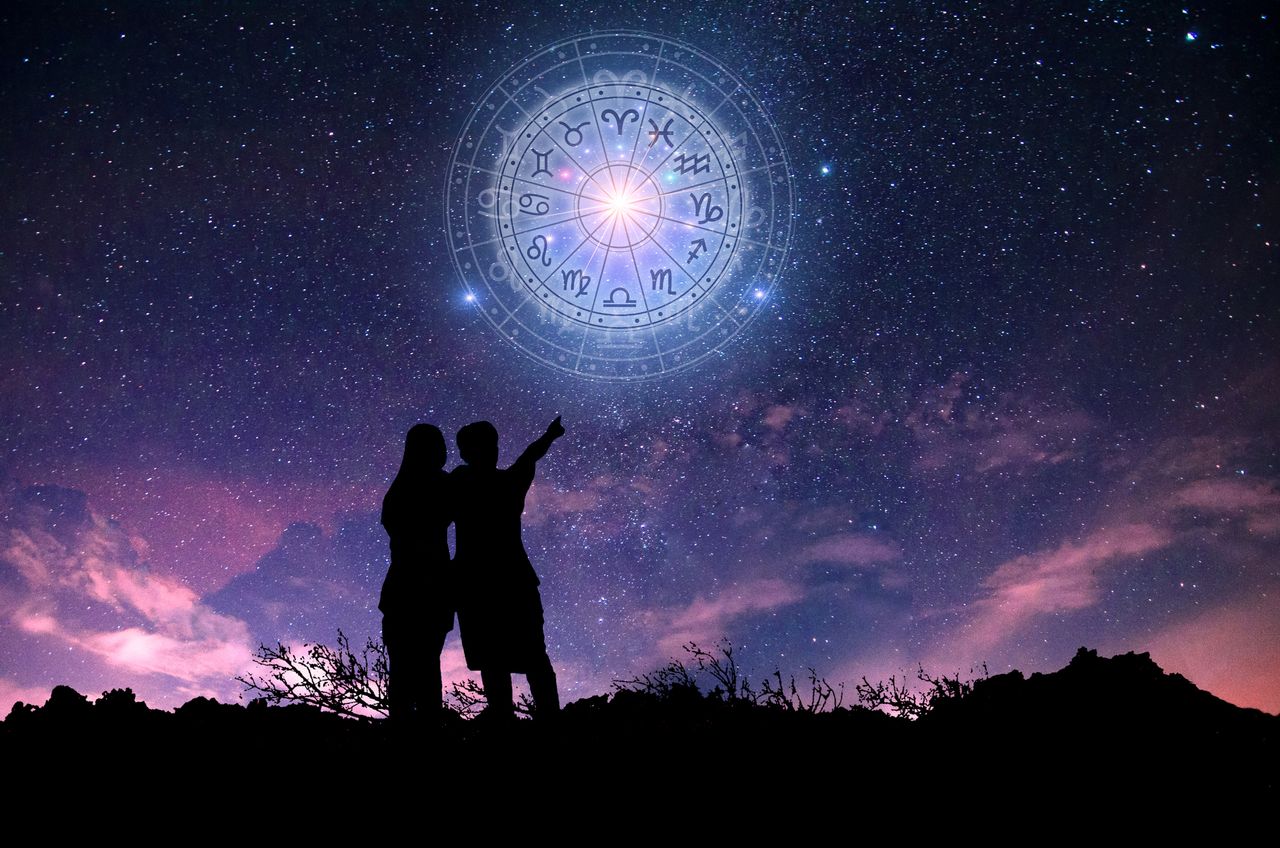
What do the different planets represent in astrology? These planets rule over things like communication, romance, and your career.

The personal planets are the sun, the moon, mercury, venus, and mars.
What do the different planets mean in astrology. From an astrological perspective, a natal or personal astrology chart, with a magic 29 (or any placement in the 29th degree ) indicates a person that is involved in major transitions all. Planets are physical bodies that can be seen. Personal planets, social planets, and collective planets.
Each one is said to affect a different part of your personality. Each planet represents a different part of life, a different energy. What is the 29th degree in astrology?
But the trine buddies may take each other for granted even though they derive pleasure from each other, while the sextile buddies remain separate somehow, and when they cooperate with each other they fully appreciate their “friendship.” Inner planets (the sun, moon, mercury, venus, and mars) are also known as personal planets, as they govern more personal aspects. In astrology, each planet represents a different part of our personalities.
The social or transpersonal planets are jupiter and saturn. You may find it strange that the sun and moon are listed as planets in the following list. You can check below which zodiac sign’s energy/quality is represented by each astrological degree.
What do the different planets represent in astrology? The sun is not technically. These are considered to have greater energy than usual physical matter.
Planet of love & money. Distinctive twinkling star clusters were deemed constellations, while fixed, celestial bodies were identified as planets. underneath the calm of the velvety night sky, the moon, mercury, venus. These planets (the sun, the moon, venus, mercury, and mars) are sometimes dubbed personal planets, as they determine the relationships we have with ourselves and the people closest to us.
Astrologers call the seven classical planets “the seven personal and social planets “, because they are said to represent the basic human drives of every individual. The planets are divided into two groups: When you look at your astrological chart, generally the first thing to take note of are the natal planets—those that have the quickest orbits and thus vary the most.
The social or transpersonal planets are jupiter and saturn. Difference between sextiles and trines: Here are the core meanings of all the planets in astrology, according to an astrologer:
In astrology, each of the planets represent a different set of qualities and characteristics, and rule over a different part of our lives — each bringing with them their own unique vibes and directives. What do the different planets represent in astrology? The personal planets are the sun, moon, mercury, venus and mars.
These are the essential qualities to add. The personal planets are the sun, moon, mercury, venus and mars. What does each planet symbolize in astrology?
Books could be written on these points! The interpretations here are meant as a general guide, to usher you into deeper. Both aspects show us planet “buddies” who get along.
This is why they are referred to as the graha, a word meaning something having the power to gr. Planets at the 0 degree of a sign, indicate that you are starting a new beginning with the energy and earthly life manifestations of this planet. The site is run by astrologer annie heese.
Each of the planets in astrology represents an aspect of life and your personality. Cafe astrology is brimming with free articles, features, interpretations, and tools that will appeal to people with a casual interest in learning astrology, as well as beginning through advanced students of astrology. These planets rule over things like communication, romance, and your career.
A planet’s location at a certain time in your life could play a big impact on your mood, behavior, and greater events. In astrology, your personal planets (sun, moon, mercury, venus, & mars) show the inner workings of your personality. Therefore, the 13th degree is the aries (sportive, being an athlete) degree.
We’ve created a cheat sheet for you to learn what each planet means in astrology, so keep reading to find out what each planet means. The “outer planets” — jupiter, saturn, neptune, uranus, and pluto — move slowly, changing signs every one. The “inner planets”— the sun, moon, mercury, mars and venus —move quickly through the zodiac.
Contingent upon where they are put comparable to one another, an individual’s planets can choose essential issues throughout everyday life, for example, satisfaction in marriage, the number of kids they will have, and the sort of profession they will seek after. The planet, then, is said to be the “natural ruler” of that house, or more often, it’s said to be “at home” in that house. Planets in astrology are the most significant factors in evaluating the horoscope.
Astrologers call the seven classical planets “the seven personal and social planets“, because they are said to represent the basic human drives of every individual. Each planet and zodiac sign is naturally associated with a house, the house that most corresponds to its archetype. In psychology terms, they are considered your “needs” or “drives”.
Here you will discover the individual meaning of each planet in each zodiac sign, and in each house. The house/planet associations were adjusted with the discoveries of uranus, neptune, and pluto. You have all the stars within you!
In astrology, the planets are divided into three categories: The personal planets are the sun, the moon, mercury, venus, and mars. The birth chart interpretations found here are general interpretations because you will find that, as you become more comfortable with astrology, you can add your own insight to these meanings.
What degrees in astrology mean: You can think of the planets as characters, each with different goals, interests, and jobs.